Header start
- Home
- Keio Times Index
- Keio Times
Content start
Marking 80 Years Since the End of World War II: Keio University and the War at Hiyoshi Campus
Sept. 30, 2025
Following the previous Spring issue, which covered the campuses of Mita and Shinanomachi, this edition turns its focus to Hiyoshi Campus. In the final stages of the war, parts of the Hiyoshi Campus were requisitioned by the Imperial Japanese Navy, and underground facilities—including the Combined Fleet Headquarters—were constructed. Following Japan’s defeat, the U.S. military occupied the campus for approximately four years. This article explores the wartime history of the campus and the lingering traces of that era—most notably, the Hiyoshidai underground bunkers.
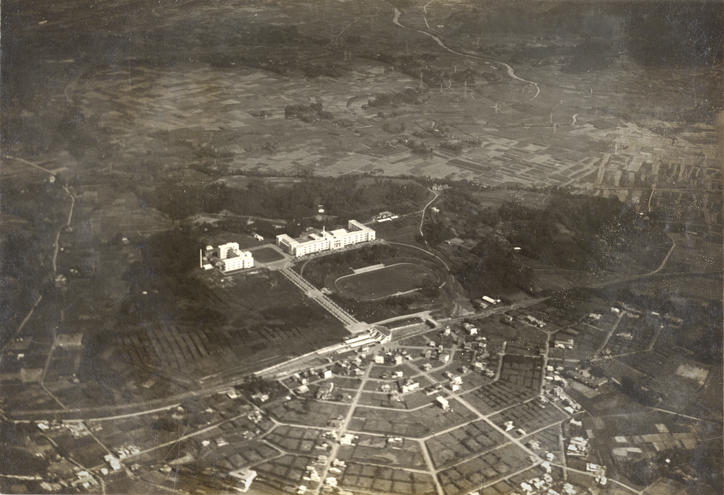
The Birth of the Hiyoshi Campus
as a Garden City
At the dawn of the Showa era in the mid-1920s, Keio University faced growing enrollment, and by 1927, Mita Campus had become increasingly cramped, prompting consideration of a new campus. As part of garden city development plans along the railway line, Tokyo-Yokohama Electric Railway (now Tokyu Corporation), seeking to boost passenger traffic by attracting schools, offered approximately 24 hectares (72,000 tsubo) of land in Hiyoshidai free of charge. This offer led to the decision to open Hiyoshi Campus.
The history of Hiyoshi Campus began in earnest in April 1934, when the Keio University Preparatory Course was relocated there. That November, a commemorative ceremony was held to celebrate both the opening of Hiyoshi Campus and the 100th anniversary of Yukichi Fukuzawa’s birth. Five years later, in 1939, the Fujiwara Institute of Technology, the precursor to today’s Faculty of Science and Technology, was established. The institute was donated to Keio University in 1944.
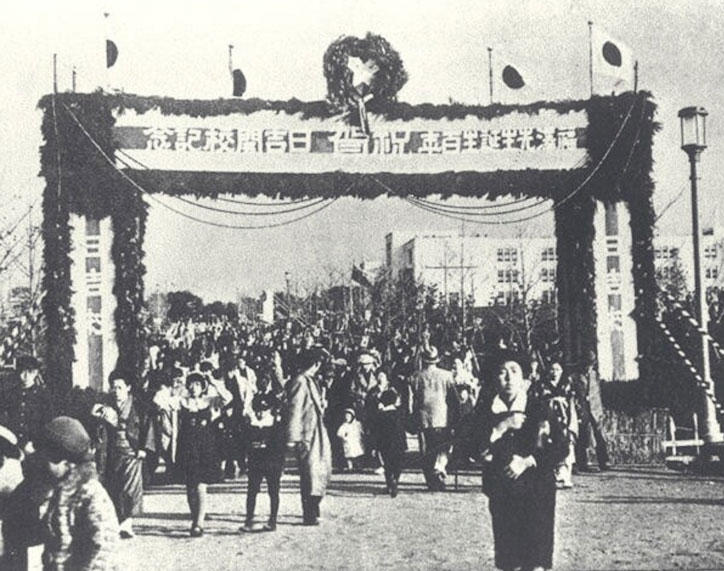
Hiyoshi Campus Caught
in the Turmoil of War
However, as World War II worsened, the draft deferment for liberal arts students aged 20 was abolished in October 1943. By the war’s end, approximately 3,500 Keio students had been sent to the front as part of the student mobilization.
In addition, the Ministry of Education requested Keio to provide facilities, and beginning in March 1944 (Showa 19), the First School Building, dormitories, and other facilities at Hiyoshi Campus were lent to the Ministry of the Navy. Hiyoshi was strategically located between Kasumigaseki (home to the Ministry of the Navy and Naval General Staff) and the naval port of Yokosuka, with excellent wireless communication conditions. Moreover, the campus dormitories were sturdy reinforced-concrete structures with many private rooms, making them suitable not only for command functions but also as comfortable living quarters.
The navy first took full control of the dormitories, while simultaneously rushing the construction of underground military facilities beneath the campus. It built facilities that included shelters for the Naval General Staff Section 3, the Combined Fleet Headquarters, the Aeronautical Headquarters, and the Personnel Bureau, totaling about 2.6 kilometers beneath the ground. Outside the campus, the Naval Technical Department also constructed an underground shelter, and collectively these facilities became known as the "Hiyoshidai underground bunkers."
In April 1945, an air raid destroyed roughly 80% of the Faculty of Engineering buildings on Hiyoshi Campus. Just four months later, on August 14, Japan resolved to surrender unconditionally to the Allied forces. The U.S. military is said to have first set foot on the Hiyoshi Campus on September 4, two days after the surrender ceremony aboard the battleship USS Missouri in Tokyo Bay. On September 8, the order was issued for the U.S. military's requisition of Hiyoshi Campus, marking the start of its nearly four-year occupation.
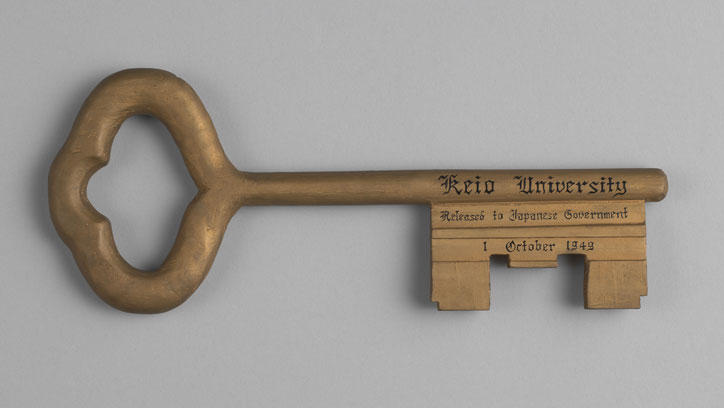
From the very start of the occupation, the Liaison Office and the volunteer alumni group "Mita Liaison Club" held repeated negotiations with the U.S. military for the return of the campus. At the same time, the student newspaper, Mita Shimbun, ran special features on the issue in nearly every edition. These united efforts by Keio finally bore fruit, and in 1949, amid a shift in occupation policy prompted by U.S.-Soviet tensions, the requisition was lifted on June 27. At the return ceremony on October 1 of that year, the U.S. military presented a large golden wooden key—symbolizing the return—to Kōji Ushioda, Keio’s president at the time.
The Legacy of
the Hiyoshidai Underground Bunkers:
A Place to Reflect on Peace
During Japan’s postwar reconstruction, the existence of the Hiyoshidai underground bunkers was largely forgotten until they were rediscovered by middle and high school students. The earliest record dates to 1958, when students of Keio Futsubu School (Boys Junior High School) introduced the bunkers in their school exhibition. Eleven years later, in 1969, Keio Senior High School students presented their research at Hiyoshi-sai, a student-led cultural festival. Their findings were later compiled into a booklet titled Beneath Our Feet. The booklet states, "After entering high school, we discovered an entrance to the bunkers in the valley behind the school building. (…) To understand the interior more fully, we explored and made our own maps." The students, not content with merely obtaining permission to enter, explore, and survey the interior, also conducted interviews with people who had first-hand knowledge of the period. While full-scale academic research did begin in the mid-1980s, the most important source at the time was this record left by the high school students. In the 21st century, archaeological surveys were launched, and research continues today, with the site serving as a place for learning and reflection on war and peace.
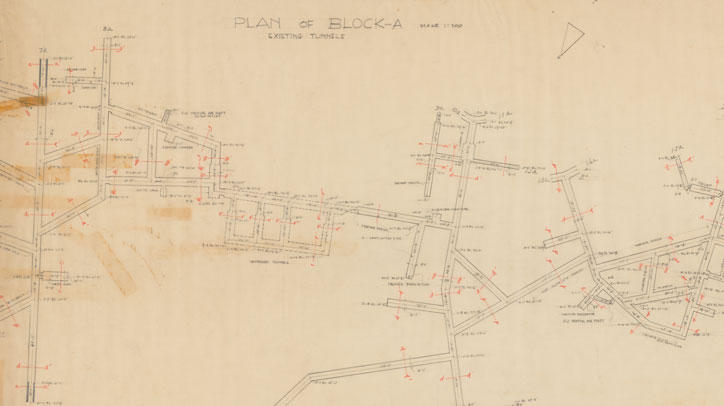
Beneath the Hiyoshi Campus, the Hiyoshidai underground bunkers show the remnants of a war fought 80 years ago. Rather than turning away from that reality, the efforts of these junior high and high school students, who, 56 years ago, pursued research driven by intellectual curiosity, can truly be regarded as an example of what it means to learn. Keio students are urged to be mindful of the history that lies beneath their very feet, to treasure their present-day freedom to study and conduct research in peace, and to let this awareness shape their everyday endeavors.
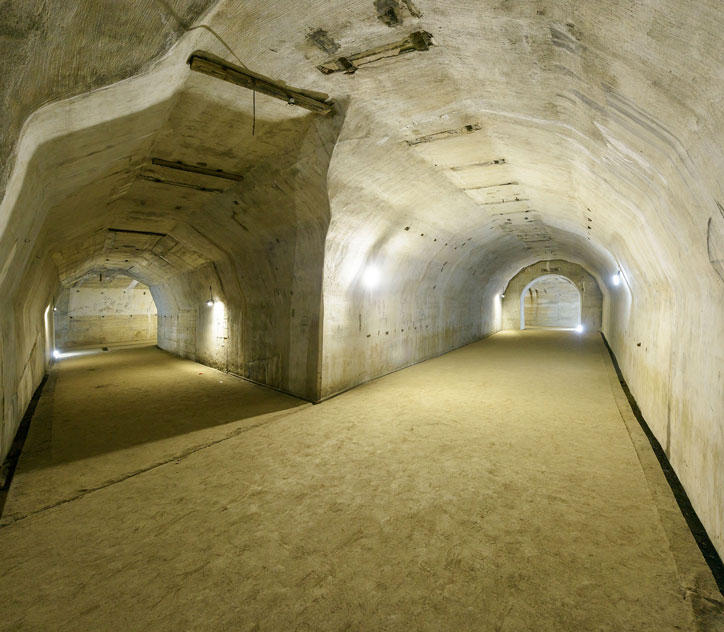
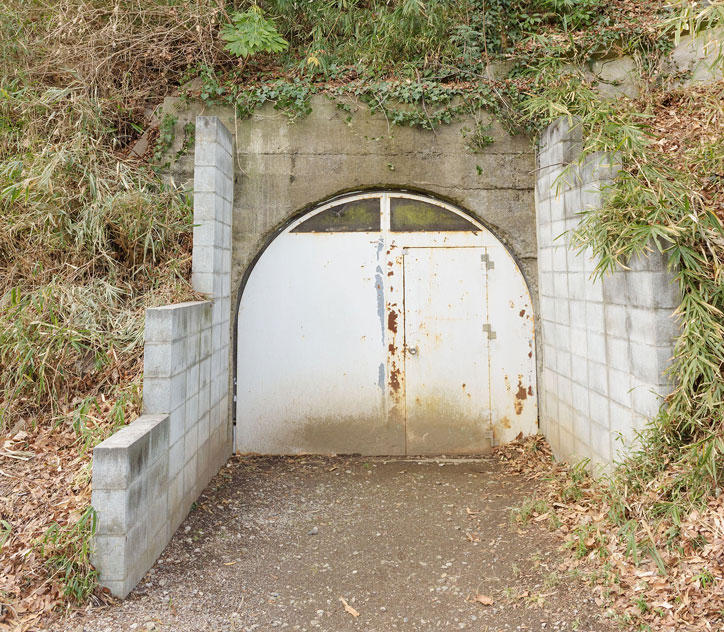
*This article appeared in Stained Glass in the 2025 Summer edition (No. 327) of Juku.
Footer start
Navigation start


